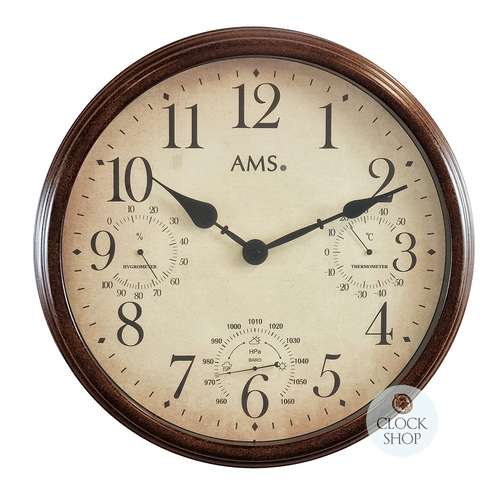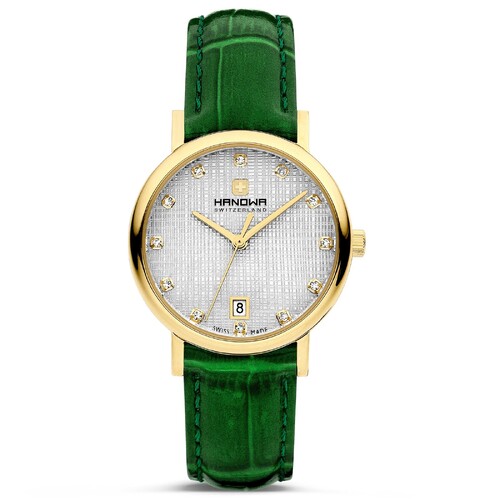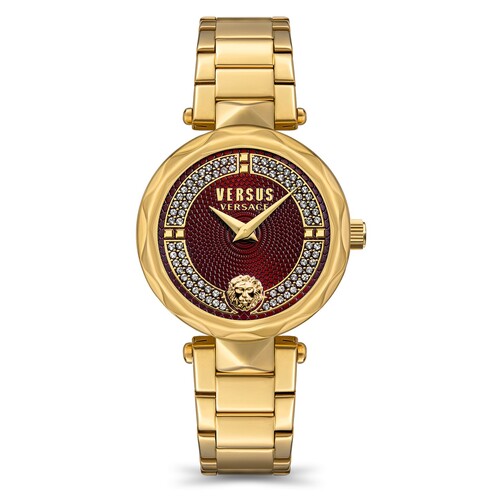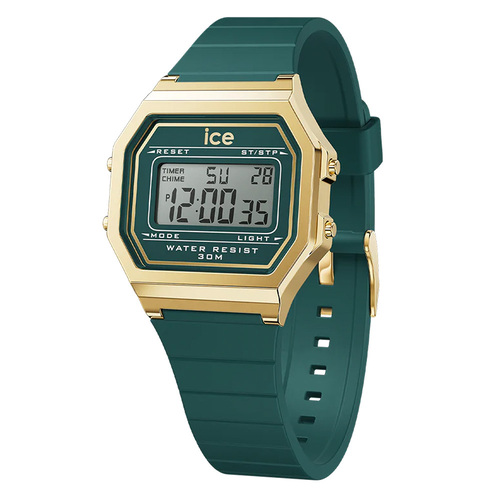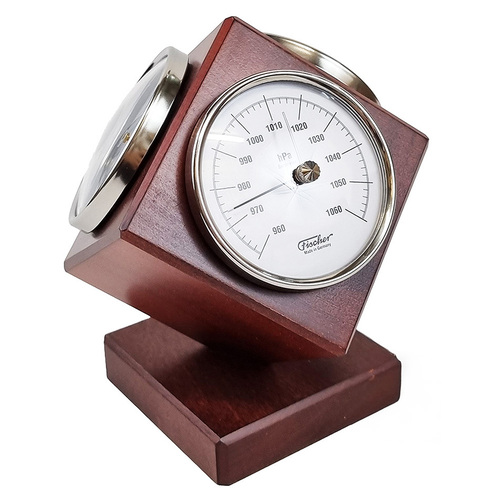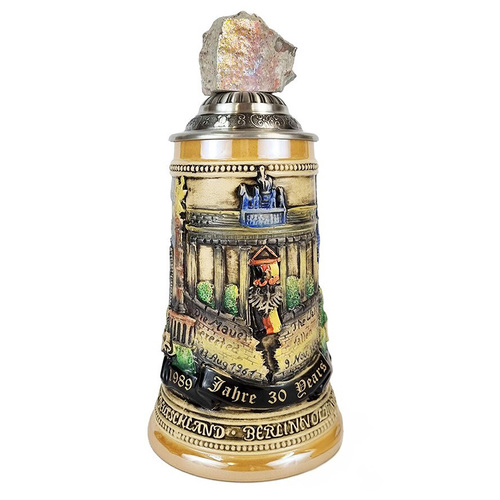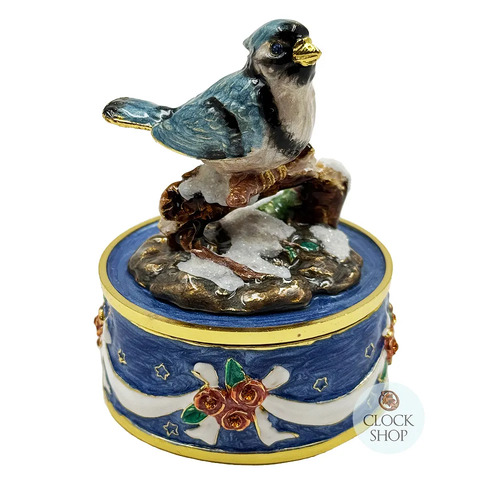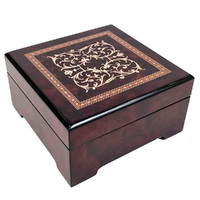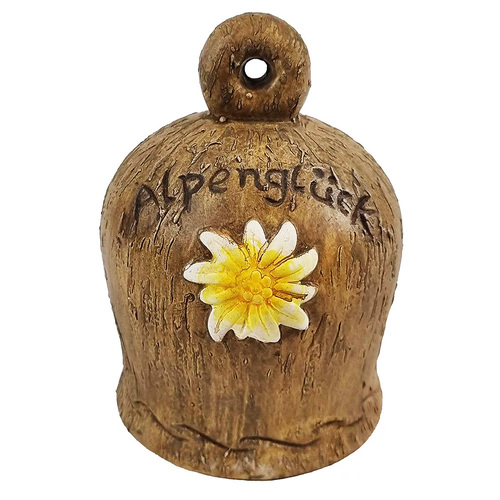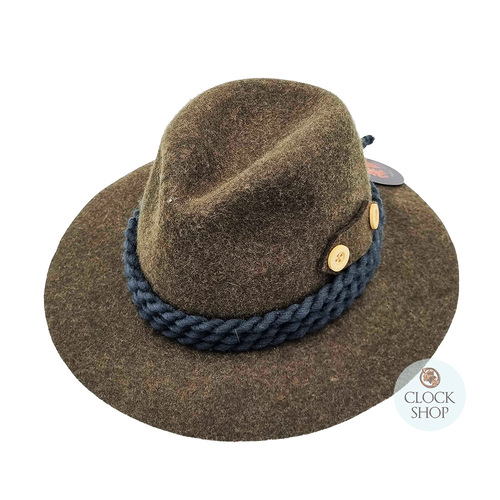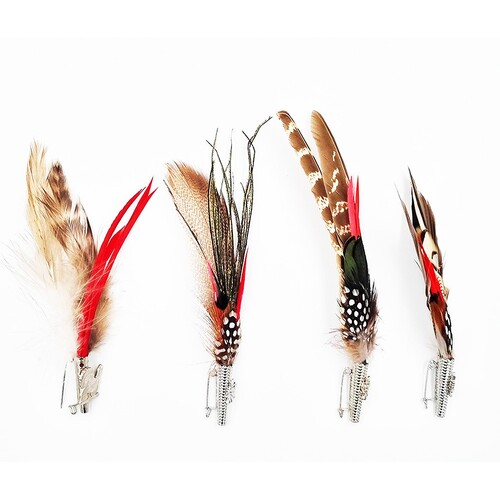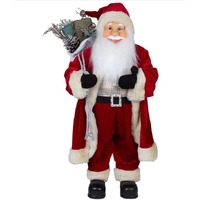Understanding Different Clock Hands
Date Posted:1 June 2025

Understanding Different Clock Hands
Clock hands may seem like a small, functional detail, however they are crucial to the overall aesthetic and operation of your timepiece. Whether you're building a custom clock, restoring a vintage piece, or replacing clock hands for maintenance on your favourite timepiece, choosing the right style, size, and matching movement type can make a significant impact. This easy to follow guide will explore the different types of clock hands available, and the factors to consider to ensure you find the perfect match for your movement.
How to Determine Which Hands You Need
First of all, it is important to note that not all hands will be compatible with all types of clock movements. In order to find replacement hands, you will first need to gather a few measurements and information from your current movement/or hands. This will help you to determine whether you need Press Fit hands, Euroshaft Hands, or High Torque Hands. If you are building a clock from scratch, you can really choose any of the above, ensuring the movement chosen is an appropriate match to work with the hands.
1. Identify the Type of Movement Fit
Check your current minute hand to determine whether it is a press fit, euroshaft, or high torque fit. The hole in the minute hand, and overall length from the point of the hand to the centre of the hole, will give you the correct information required:
- Press Fit Hands feature a round or hexagonal hole that pushes onto the shaft of the movement
- Euroshaft Hands feature a hole with two straight sides and a rounded top and bottom, held on to the movement with a small nut
- High Torque Hands are hands with a length over 160mm from point to the centre of the hole, which should be paired with high torque movements. High Torque hands come in either Euroshaft or Press Fit varieties.
2. Measure Hand Hole Dimensions
If you are replacing existing hands from your clock, ensure the hand shaft diameter of your existing movement matches the hand hole dimensions of the replacement hands. Accurate measurements will help to ensure a proper fit. As the shaft diameter for all hands varies, and small variances can either mean your hands will fit, or will be completely incompatible. Your replacement hands need to be compatible with either your original movement, or the replacement movement that you select. It is important that you measure the hand hole dimensions of your original hands to confirm whether it is a match. The best way to measure hand hole dimensions and hand shaft dimensions is with a pair of verniers, as mentioned before, the measurements may vary slightly, but that can be significant for your success. In addition, the total length of the hands are measured from the centre of the hole to the point, not from end to end.
3. Determine Required Hand Variety
Press Fit.
There are two main varieties of press fit hands available- standard press fit, or German press fit. The main difference between these comes from the hand hole dimensions which have slightly different hand hole measurements. In addition, the finished appearance between the two movements differs slightly- a German press fit movement uses a collar to secure the movement to a clock (which requires a slightly larger dial hole and thickness), whilst a standard press fit movement uses a hex nut and a brass thread. It is important to check the diameter of your dial hole and hand hole dimensions prior to purchasing.
Euroshaft.
There are two main varieties of Euroshaft hands available- standard Euroshaft, and German Euroshaft. The main difference between these two varieties are the dimensions of the minute shaft, which correlate to slightly different hand hole (collet) dimensions in the minute hand. This is applicable for both standard Euroshaft (which also includes Takane), and high torque Euroshaft movements. In German Euroshaft movements, the minute hand dimensions are slightly smaller (3.5mm x 2.8mm), as opposed to a standard or Takane Euroshaft movement (4mm x 3mm). The hour hand dimensions are the same across the different Euroshaft movement varieties.
High Torque.
If your clock has a larger minute hand (over 160mm in length from point to the center of the hand hole), it’s essential to use a high torque movement. High torque movements provide extra power to drive the heavier hands, ensuring smooth, reliable operation. Without a high torque movement, large hands may fail to function properly. High torque hands come in Press Fit or Euroshaft varieties.
Important note - Some clocks have short but heavy hands and require a high torque movement. The recommended maximum weight of hands for a standard movement is 8 grams, so if your hands weigh more than 8 grams, choose a high torque.
Stepping vs. Sweeping Hands
Clock movements play a critical role in how the attached hands move and behave. The two most common types of clock movements are stepping and sweeping. A step movement is more mechanical in nature, moving the hands around the dial in discrete steps, creating a noticeable ticking sound. This type of movement is commonly found in traditional clocks and offers a rhythmic feel. On the other hand, sweep movements operate smoothly and continuously without the ticking sound. The hands glide around the dial, creating a fluid motion. This is a common feature in modern quartz clocks and offers a quieter and more seamless time-telling experience, also referred to as silent clocks. Euroshaft, Press Fit & High Torque movements all come in step or sweep options.
Types of Clock Hands
Clock hands come in an array of styles and sizes. These are the most popular type of styles below:
- Spade Hands
- Breguet Hands
- Cathedral Hands
- Modern/Stick Hands
- Arrow Hands
- Tapered Hands
- Straight Hands
- Serpentine Hands
- Pointer Hands
- Ornate Hands
- Diamond Point Hands
- Club Hands
Conclusion
Choosing the right clock hands involves more than just selecting a design. It requires careful attention to the movement type, fit, and material. By considering the size, style, and shaft compatibility of the hands, you’ll ensure that your clock works efficiently whilst also looking great. Whether you’re working on a modern timepiece or restoring a vintage clock, understanding the various options available will help you achieve the perfect look and function for your clock. Before purchasing new hands, check your movement's specifications to ensure compatibility. This will help you avoid issues during installation and ensure a smooth operation. Our comprehensive Step-By-Step DIY Clock Movement Replacement Guide guides you through each step of this process. When you are ready to make a purchase confident you know which hands you need, browse the full range of quartz clock hands here.
Comments (1)
Ms
By: Anne Woronow on 19 June 2025I've always been interested in clocks especially the Cuckoo Clocks, I purchased mine when I visited the Black Forrest in Germany during the 70's. I still have it and wouldn't part with it for all the world. Can't wait to hear back from you. NOTE:- Im not making any clocks just interested.
Clock Shop Response
Nice to hear form you Anne and what a wonderful memory from the Black Forest! And you get to relive this every day (listening to you cuckoo clock).

